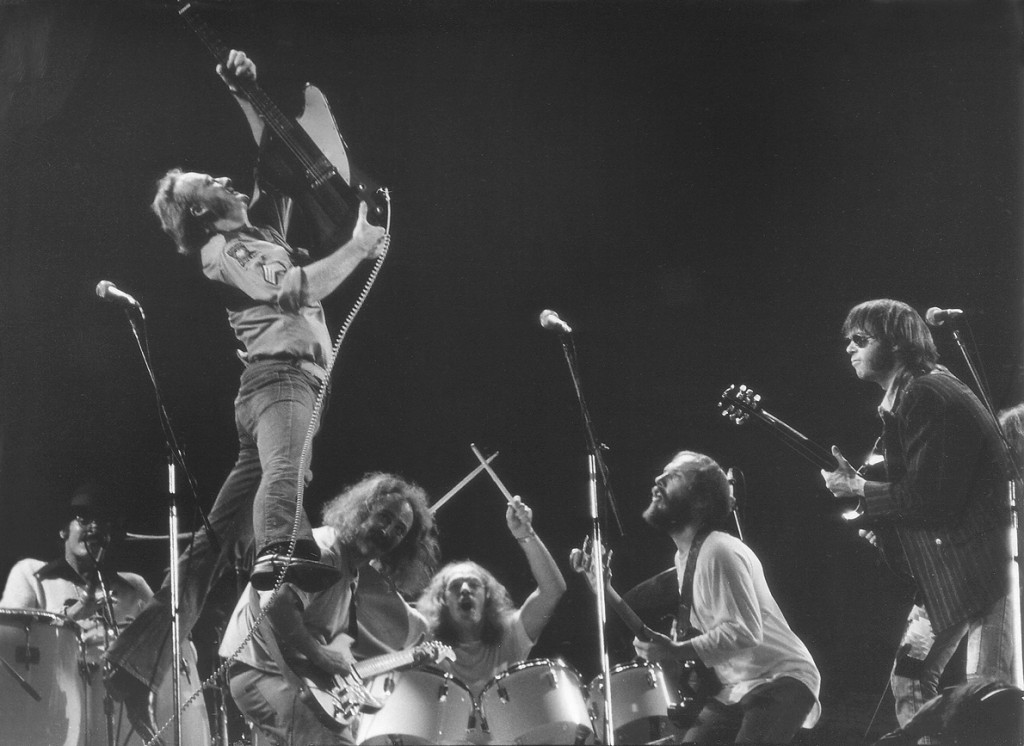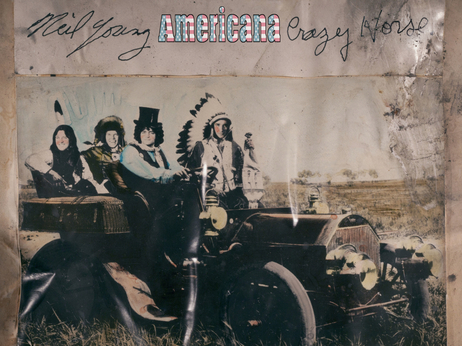1974 (7 min.):
2009 (4 and a half minute), without Neil Young but good version, but those other guys also knows how to handle a guitar:
Both good, but the 1974 version is out of this world!
This David Crosby anthem of rebellion and personal freedom was recorded on January 9, 1970, at Wally Heider’s “Studio C” in San Francisco. It is likewise one of the few songs from Déjà Vu to have been recorded live by CSN&Y. The truly inspired interaction exhibits the raw and unabashed fury that became synonymous with the supergroup’s “electric” material with sizable instrumental contributions from all four. However, there is no doubt that it is Crosby who dominates the proceedings with perhaps the most impassioned lead vocal of his career. “Almost Cut My Hair” also amply demonstrates the three-way electric guitar “cross talk” between Crosby, Stephen Stills, and Neil Young. This is most prominent during the instrumental break prior to the “When I finally get myself together…” verse.
There is an extended and unedited version of this break included on the Crosby, Stills & Nash box set. This song is also notable for first popularizing the phrase “let[ting] my freak flag fly” — which took on new meaning in the late ’80s after Crosby served a year in a Texas prison. He began performing the song with a lyrical alteration to the line “…it increases my paranoia, like looking in my mirror and seeing a lit up Texas trooper.”
It happened just the other day
It was getting kind of long
I could have said it was in my way
I feel like letting my freak flag fly
And I feel like I owe it to someone
And I’m not feeling up to par
It increases my paranoia
Like looking into a mirror and seeing a police car
Cos I promised myself this year
I feel like I owe it to someone
I’m gonna get down in some of that sweet summer weather
I’m going to find a space inside to laugh
Separate the wheat from the chaff
Said I feel like I owe it, yeah
You know I feel—- like
– Hallgeir



